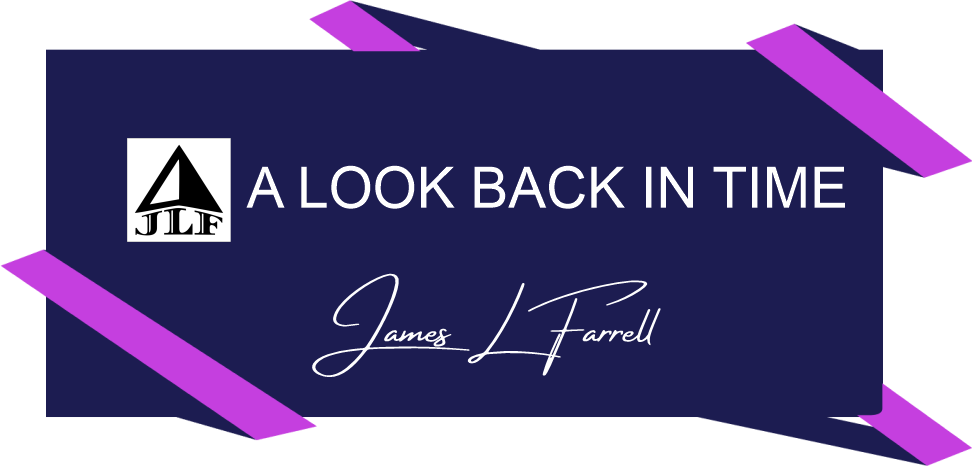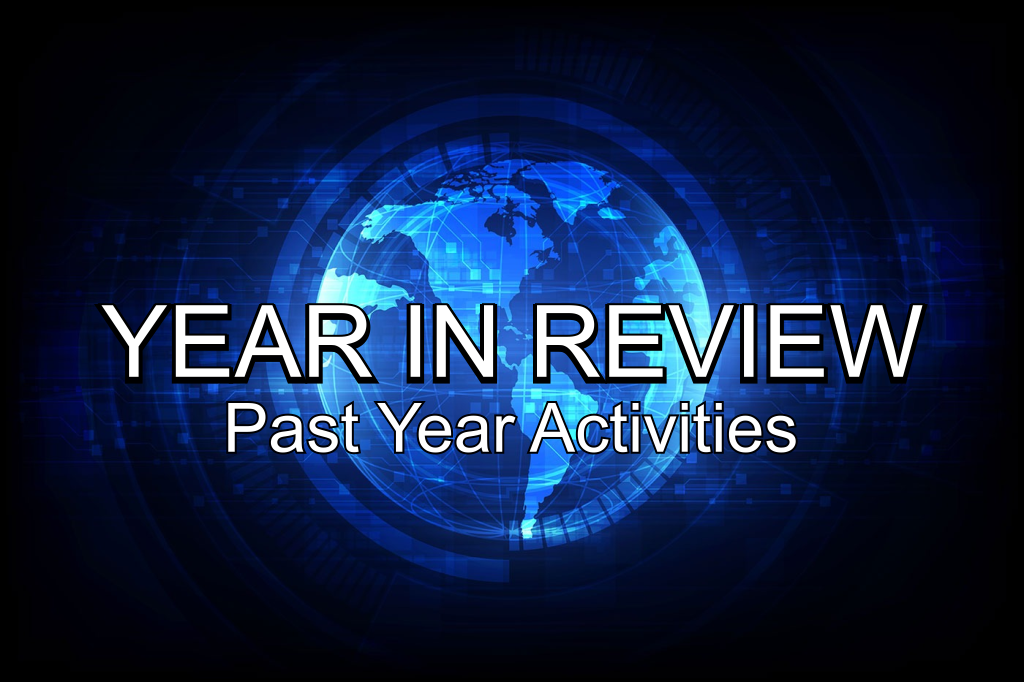GRATIFYING RESPONSES
After wide distribution of my recent Inside GNSS letter I’ve received very encouraging responses from a number of heavy hitters. There have always been knowledgeable individuals agreeing with the points raised therein, but current conditions offer an increased sense of urgency. With uncertainty of support for vital resources, a real-world precedent (five years without LORAN), and a Defense Secretary who hates GPS , my impulse toward advocacy has grown more determined; in fact, crystallized. Not everyone will welcome this, but it will go down much easier if viewed as a vital opportunity, Here goes.
Among the methods awaiting basic modification for navigation and tracking, one is especially glaring: the ubiquitous practice of sharing coordinates. Those familiar with my work know me as a relentless advocate (in print, since 1977) of sharing raw measurements instead of coordinates. The seemingly unremarkable character of that step is deceptive; despite its operational simplicity, the resulting improvements would be profound. For quick verification of that claim recall how major errors cancel (from each satellite separately of course) in differential GPS — and that’s only the beginning.
As important as accuracy is, additional performance traits of equal importance are also dramatically affected. Without separate measurements, integrity testing can’t be done. Furthermore, with partial data usage, two more main performance criteria (availability & continuity) would be vastly improved — in fact, calling for their redefinition to account for the immense benefit.
The list of reasons (rigorous accounting for correlations as well as different statistics of errors in different directions, at different times, from sensors with different tolerances; immunity of scalar measurements to an occasionally misconstrued reference datum etc.) continues on and on. Among those not yet mentioned here, I now choose an especially important feature for illustration: ability to achieve precise dynamics. Flight tests by Ohio University produced cm/sec velocity residuals for navigation (
GNSS Aided Navigation & Tracking
, with results in Chapter 8 and public domain algorithms in earlier chapters), then later for tracking —
a THOUSAND times better
than ADSB’s 10 meter/sec. It’s not as if we didn’t know how to accomplish these objectives. We’ve known how to combine myriad data sources, sequentially and optimally, for well over a half-century. Yet even now, given information from two different subsystems (e.g., GNSS and DME), how are they processed now? Either internally (and invisibly in costly inflexible embedded systems) or externally by averaging
coordinates. A most elementary example highlights futility of the latter: imagine data from one sensor offering precise latitude and extremely degraded longitude — mixed with another offering the opposite.
The fundamental nature of these reasons is matched by an equally fundamental course of action needed to achieve the requisite goals: simply replace data bits in standard messages. No scientific breakthroughs nor hardware redesigns — just change what’s transmitted by UAT or Mode-S extended squitter messages. Most of the content (preamble, error correction, etc.) can remain unchanged; just replace information bits (latitude, longitude, etc.) by measurements.
The case is quite compelling for application of known methods, to not only satnav but all sources of data to be used in navigation and tracking. All benefits will become reality if we adopt, VERY belatedly, the basic step recommended in the title of a 1999 publication










